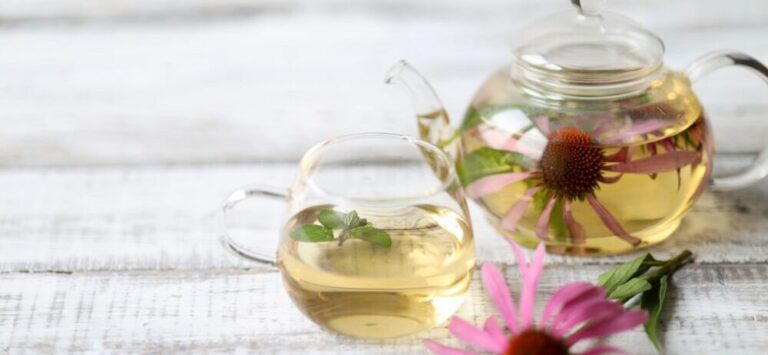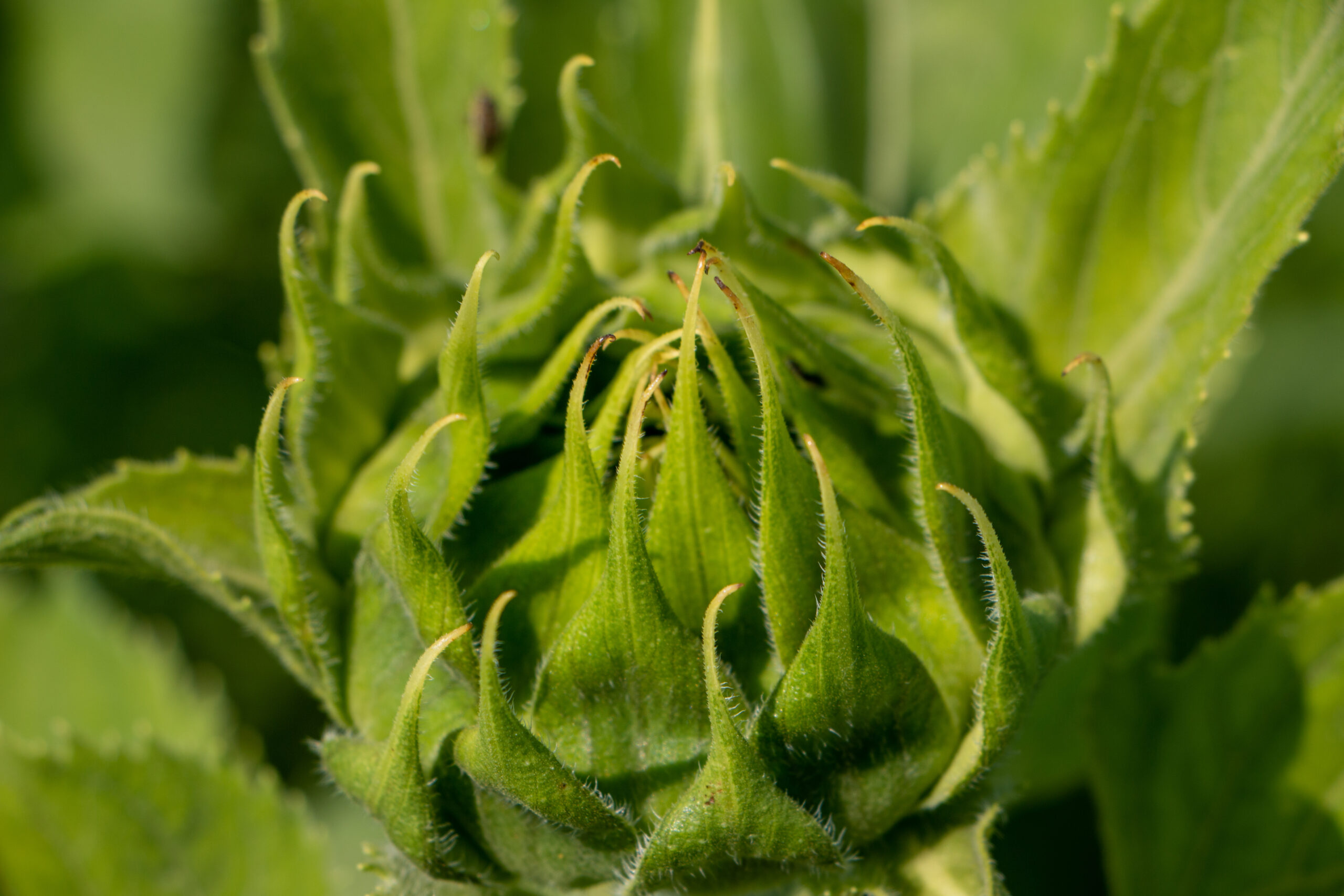Sleep Health: Solving Insomnia
Sleep Health: Solving Insomnia
Sleep is just as essential for survival as the human need for food and water. Just as the quality of the diet can impact well-being, the quality of sleep can contribute significantly towards good health.
Sleep Disorders
There are more than 70 recognized sleep disorders with insomnia being one of many subtypes, albeit the most common.1 Insomnia can be categorized as acute or chronic, with the latter lasting at least three days a week for a minimum of one month. Insomnia can also be considered primary (idiopathic) or, more commonly, secondary (alongside comorbidities). In the United States, insufficient sleep duration has been linked to five of the top 15 leading causes of death including cardio- and cerebrovascular diseases, accidents, diabetes mellitus, and hypertension.2 Insufficient sleep can lead to serious consequences for almost all bodily organs and systems; most notably, immune function is reduced, and increases in systemic inflammation and inflammatory markers occur as several hormones become upregulated.3
The hypothalamic-pituitary-adrenal (HPA) axis and sleep interact in multiple ways, and HPA axis dysfunction plays a role in the pathophysiology of various sleep disorders. Insomnia is largely influenced by endogenous circadian and endocrine rhythms.4 Important subcategories of insomnia exist, with perhaps the most pertinent being:
- Sleep onset insomnia: A person struggles to fall asleep at night. Is often stress-related and can lead to a vicious cycle through activation of the HPA axis.
- Sleep maintenance insomnia: A person falls asleep easily but wakes up multiple times during the night. Is often due to hormonal abnormalities including, cortisol, melatonin, and insulin.5,6
- Insufficient sleep syndrome (non-restorative sleep): Significant sleepiness episodes due to chronic sleep debt resulting from self-induced sleep restriction or wake extension.7
A 2016 study published by the Centers for Disease Control and Prevention (CDC) concluded that more than a third of American adults are not getting enough sleep on a regular basis, and as a consequence declared that insufficient sleep is a “public health epidemic”.8 The American Academy of Sleep Medicine and the National Sleep Foundation recommends that the minimum sleep requirement for adults should be seven to eight hours, and population-based studies indicate that nearly 30 percent of Americans report sleeping an average of six hours or less per night.9,10 Many studies have reported a strong association between sleep duration and mortality risk, with some showing that individuals sleeping between seven and nine hours at night experience the lowest risks for all-cause mortality when compared to those who sleep for shorter or longer periods.11
What Causes Poor Sleep?
A poor night’s sleep, though always frustrating, can present itself quite differently from night to night, and from person to person. Often it begins hours or even days before one’s head hits the pillow, and its effects can manifest for an equal length time into the future, interfering with nearly every aspect of daily life.
Insufficient sleep results from a combination of factors, and is more common in certain individuals such as those who do night shift work, travel frequently for business, or who work more than 40 hours per week.12 A tendency towards sleep deprivation also appears slightly greater among females and is becoming more common among school-age children and adolescents, possibly due to increased workloads and scheduling demands disrupting their sleep cycles.13,14 Growing levels of stress can have a significant impact on sleep quality largely due to activation of the HPA axis and sympathetic nervous system, which results in wakefulness and the release of hormones including corticotropin-releasing hormone (CRH), adrenocorticotropic hormone (ACTH), cortisol, and adrenaline.15 An individual with sleep deficiencies is more likely to experience a constant state of alertness and excessive cortisol secretion.
While work schedules are an important environmental contributor to reduced sleep duration, research has shown that individual personality traits and psychological factors affect the impact stress on sleep, and that the demands of work do not have the same effect on all individuals.16 Alongside a growing awareness of the close interaction between the physiology of sleep and stress is an understanding of the importance of improving one’s capacity to adapt to such environmental stressors. Modulation of these physiological processes may additionally have beneficial effects on behaviors which contribute to sleep deprivation such as a person’s decision to restrict sleep time in pursuit of other activities, or to consume stimulants such as coffee and tea too close to bedtime.
Sleep Health
Sleep health exists on a continuum that can be measured and applied to every individual. Just as every person has some level of cardiovascular or general health, likewise they will have some level of sleep health, from poor to good. According to the National Sleep Foundation, there are several components that define healthy sleep, including:17
- Short duration between lying down and falling asleep
- Regular sleep consisting of seven to nine hours in a 24-hour period
- Continuous and non-interrupted sleep during the night
- Feeling energized and refreshed the day after
- Being able to be fully productive during the morning hours
- Absence of abnormal behavior during sleep, such as snoring, restlessness, and sleep apnea
In addition, defining healthy sleep should ideally focus on characteristics that are associated with mental, physical, and neurobehavioral health outcomes and include the subjective assessment of having a “good” or “poor” night’s sleep. One proposed definition of sleep health that could apply to any age group in this way would be “a multidimensional pattern of sleep-wakefulness, adapted to individual, social, and environmental demands, that promotes physical and mental well-being. Good sleep health is characterized by subjective satisfaction, appropriate timing, adequate duration, high efficiency, and sustained alertness during waking hours.”18
Solutions for Healthy Sleep
As discussed, sleep is a biological process that involves communication between multiple body systems, with endocrine stress responses playing a major role. The National Institute of Mental Health has defined sleep and wakefulness as “endogenous, recurring, behavioral states that reflect coordinated changes in the dynamic functional organization of the brain and that optimize physiology, behavior, and health…[via] homeostatic and circadian processes.”19Thus, supporting an adaptivity to stress, reducing HPA overactivation, and using a multi-system treatment approach may help promote physiologically homeostasis and healthy sleep patterns.
Herbs which have a strengthening and/or relaxing effect upon the nervous system can be of key importance in sleep-onset insomnia and especially in cases related to anxiety. Nervine relaxants and sedatives are ideal for sleep onset insomnia and include herbs such as:
- Chamomile (Matricaria recutita)20
- Passionflower (Passiflora incarnata)21,22
- Valerian (Valeriana officinalis)23
- Kava (Piper methysticum)24
Herbal adaptogens such as Ashwagandha (Withania somniferum), Licorice (Glycyrrhiza glabra), Rhodiola (Rhodiola rosea), Schisandra (Schisandra chinensis), and Eleuthero (Eleutherococcus senticosus) can be especially helpful in many cases of insomnia and improve sleep quality and duration by modulating stress hormones such as cortisol as well as blood sugar levels both during the day and throughout the night. For example, a 2019 randomized, double-blind, placebo-controlled study with Ashwagandha (Withania somniferum) taken twice daily for ten weeks was shown to improve sleep quality and reduce the amount of time required to transition to sleep.25
It is increasingly evident that health is so much more than merely the absence of disease, and this holds especially true regarding sleep health. Optimizing the ability to achieve a full and restorative night’s rest can have positive impacts on nearly every aspect of life. Sleep health may not look the same in every situation and is best understood in the context of the individual, including their particular environmental demands and ability to regain homeostasis when under stress. Removing or reducing stimulants while supporting neuroendocrine activity through the use of herbal tonics and adaptogens may help break the vicious cycle of non-restorative sleep.
- Sateia, M. J. (2014). International classification of sleep disorders. Chest, 146(5), 1387-1394.
- Kochanek, K. D., & Murphy, S. L. (2014). xu J, Arias E. Mortality in the United States, 2013. NCHS Data Brief, 178, 1-8.
- AlDabal, L., & BaHammam, A. S. (2011). Metabolic, endocrine, and immune consequences of sleep deprivation. The open respiratory medicine journal, 5, 31.
- Buckley, T. M., & Schatzberg, A. F. (2005). On the interactions of the hypothalamic-pituitary-adrenal (HPA) axis and sleep: normal HPA axis activity and circadian rhythm, exemplary sleep disorders. The Journal of Clinical Endocrinology & Metabolism, 90(5), 3106-3114.
- Redwine, L., Hauger, R. L., Gillin, J. C., & Irwin, M. (2000). Effects of sleep and sleep deprivation on interleukin-6, growth hormone, cortisol, and melatonin levels in humans. The Journal of Clinical Endocrinology & Metabolism, 85(10), 3597-3603.
- Aldabal, L., & Bahammam, A. S. (2011). Metabolic, endocrine, and immune consequences of sleep deprivation. The open respiratory medicine journal, 5, 31–43. https://doi.org/10.2174/1874306401105010031
- Sateia, M. J. (2014). International classification of sleep disorders. Chest, 146(5), 1387-1394.
- Liu, Y., et al. (2016). Prevalence of healthy sleep duration among adults—United States, 2014. Morbidity and Mortality Weekly Report, 65(6), 137-141.
- Consensus Conference Panel, Watson, N. F. et al. (2015). Recommended amount of sleep for a healthy adult: a joint consensus statement of the American Academy of Sleep Medicine and Sleep Research Society. Journal of Clinical Sleep Medicine, 11(6), 591-592.
- Krueger, P. M., & Friedman, E. M. (2009). Sleep duration in the United States: a cross-sectional population-based study. American journal of epidemiology, 169(9), 1052-1063.
- Vgontzas, A. N. et al. (2010). Insomnia with short sleep duration and mortality: the Penn State cohort. Sleep, 33(9), 1159-1164.
- Chattu, V. et al. (2018). Insufficient Sleep Syndrome: Is it time to classify it as a major noncommunicable disease?. Sleep science (Sao Paulo, Brazil), 11(2), 56–64.
- Centers for Disease Control and Prevention (CDC. (2009). Perceived insufficient rest or sleep among adults-United States, 2008. MMWR. Morbidity and mortality weekly report, 58(42), 1175.
- Merdad, R. A., Akil, H., & Wali, S. O. (2017). Sleepiness in adolescents. Sleep medicine clinics, 12(3), 415-428.
- Han, K. S., Kim, L., & Shim, I. (2012). Stress and sleep disorder. Experimental neurobiology, 21(4), 141–150. https://doi.org/10.5607/en.2012.21.4.141
- Grandner, M. A. (2017). Sleep, health, and society. Sleep medicine clinics, 12(1), 1-22.
- What is healthy sleep? (n.d.) National Sleep Foundation. https://www.sleepfoundation.org/articles/what-healthy-sleep.
- Buysse D. J. (2014). Sleep health: can we define it? Does it matter?. Sleep, 37(1), 9–17. https://doi.org/10.5665/sleep.3298
- National Institute of Mental Health. Arousal and Regulatory Systems: Workshop Proceedings, 2013.
- Chang, S. M., & Chen, C. H. (2016). Effects of an intervention with drinking chamomile tea on sleep quality and depression in sleep disturbed postnatal women: a randomized controlled trial. Journal of advanced nursing, 72(2), 306–315.
- Guerrero, F. A., & Medina, G. M. (2017). Effect of a medicinal plant (Passiflora incarnata L) on sleep. Sleep science (Sao Paulo, Brazil), 10(3), 96–100.
- Dantas, L.et al. (2017). Effects of passiflora incarnata and midazolam for control of anxiety in patients undergoing dental extraction. Medicina oral, patologia oral y cirugia bucal, 22(1), e95–e101.
- Fernández-San-Martín, M. et al. (2010). Effectiveness of Valerian on insomnia: a meta-analysis of randomized placebo-controlled trials. Sleep medicine, 11(6), 505–511.
- Wheatley D. (2001). Kava and valerian in the treatment of stress-induced insomnia. Phytotherapy research : PTR, 15(6), 549–551.
- Langade, D. et al. (2019). Efficacy and Safety of Ashwagandha (Withania somnifera) Root Extract in Insomnia and Anxiety: A Double-blind, Randomized, Placebo-controlled Study. Cureus, 11(9), e5797.







